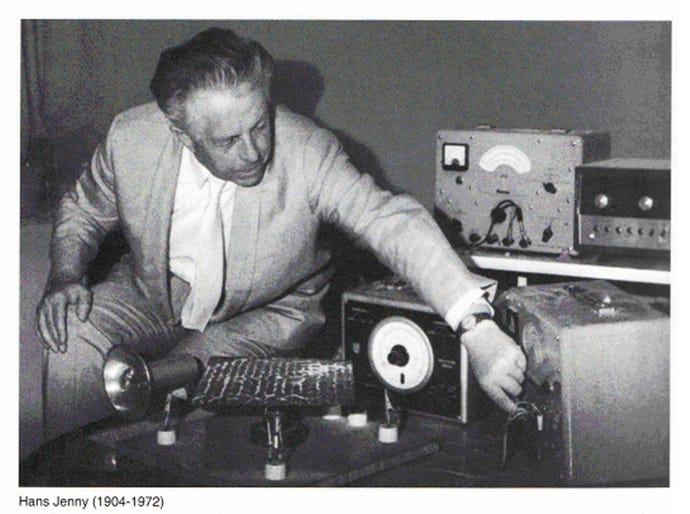Swiss scientist Hans Jenny was a pioneer in the field of cymatics — the study of vibrational effects and wave phenomena. In his experiments, dating from the 1930’s, he subjects a variety of substances to a vibration. The substances used in the experiments range from liquids such as benzene, to solids such as a ball of plaster. Liquids are observed using…
Keep reading with a 7-day free trial
Subscribe to Temple of Artists to keep reading this post and get 7 days of free access to the full post archives.




